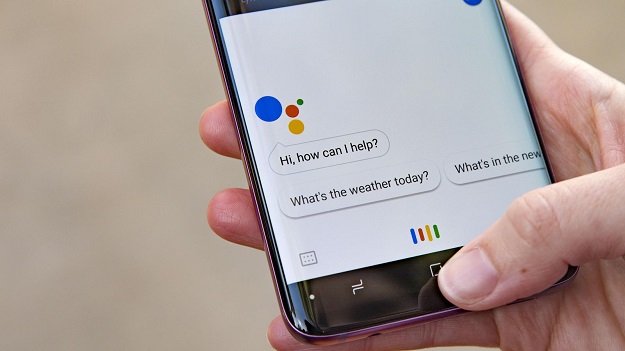Google Assistant, the search engine giant’s digital personal assistant, that can be embedded as an app within smartphones, connected home devices, car dashboards, smart TVs, laptops and watches was launched in 2016 and has promptly taken on a more predominant role in products and services domain.
With the initiation of voice assistant, Google has redefined the threshold of integrated personal assistants by combining voice skills with its search engine capability and the scope of their offerings. It is a great way for apps and businesses to increase their visibility apart from various other strategies prevalent in the market.
Brands On Google Assistant
Many brands have already been using Google ‘Actions’ to exchange conversations with their user base.
1. Kayak was the first to join the Google Assistant app to start the conversation with their users via Google chatbot. The users have to say “Ok Google, talk to Kayak” using the app followed by travel questions. They can book hotels and accommodations for their upcoming trip.
2. Users can also listen to the news directly from Wall Street Journal using the Google Assistant on Google Home.
3. The PGA tour allows users to get everyday team news.
4. People can also get guided by ‘Johnnie Walker’ about tasting and some ‘Whiskey 101 Facts.’
How To Use Google Assistant For Business?
Google Assistant turned two this October and got a ‘makeover’ as it’s birthday present.
Like most other voice assistants, this Google product was built around verbal user commands made either through its mobile app or the smart hardware equipped with Assistant technology.
Google found this technology less engaging as per the user’s view so it refreshed its core Assistant app with both voice and touch facility to make it easier to use.
The ‘makeover’ also included new tools and cases for brands and marketers. Let’s have a look.
Don’t Miss –
All about Bid Strategy of Google Adwords that You Never Knew
Google I/O 2017: The Most Promising Announcements on Google Updates
Improved Personalization
Google says that there is a factual gap that makes users abandon interactions with third-party brands on voice-assistants.
Mikhail Turilin, Product Manager at Google writes,
“In order to complete these transactions, users usually have to log into their accounts with these brands, or create a new one — which, when doing so through a voice assistant, typically requires the user to open a web browser and manually log in to a merchant’s website.”
Turilin explains that this extra step makes to user drop the process completely. It’s also impossible to remember your passwords for all your e-commerce accounts. This is the reason why some users prefer to use single sign-in options that allow them to log into multiple sites using Facebook or Google account credentials.
To help brands overcome this fractured login experiences, Google introduced Google-Sign In for the Assistant which allow users to sign or create new accounts into their brands within the Assistant app.
You can also review previous orders, payments, and loyalty program memberships within the platform.
Visual Experiences
Virtual Assistants should not only be personalized but it’s also necessary that they are engaging to the users in every possible way. Compelling visual contents and copies make for a positive and engaging messaging experience.
Google Assistant’s makeover comes in handy with new tools for brands to create captivating visual content that can be used for various purposes. For example, you can respond to different users with animated GIFs and answer their queries with photos and videos.
A motorbike dealership company might not sell their product through Google Assistant, but they can use the technology to display visual experience of their product before users.
Selling Products And Services
Not everyone sells physical products. Some sell digital items and services to compliment them.
Within Assistant Actions, brands can feature product upgrades like an application, games or any software. Now, if a user wants to purchase a paid version or subscriptions, the brand’s Assistant Action can do the job for you.
So instead of muddling around for a credit card, users can complete the purchase via Google Pay where the payment information is already stored.
Conclusion
Meghan Keaney Anderson, VP of Marketing, HubSpot, tells why voice assistants were created in the first place,
“For removing the friction of daily in-the-moment activities like finding a place to get an oil exchange on the way to your next appointment”
One important thing that needs to be considered is how the conventional search method is going to reform with the advancement of Google Assistant. Gone are the days of search and scroll routine and this is the new territory that marketers need to master.
Google’s long history for being the world’s leader in the search engine has ensured that it has a unique understanding of all the ‘search’ aspects. It has redirected its knowledge and capabilities into the Google Assistant.

